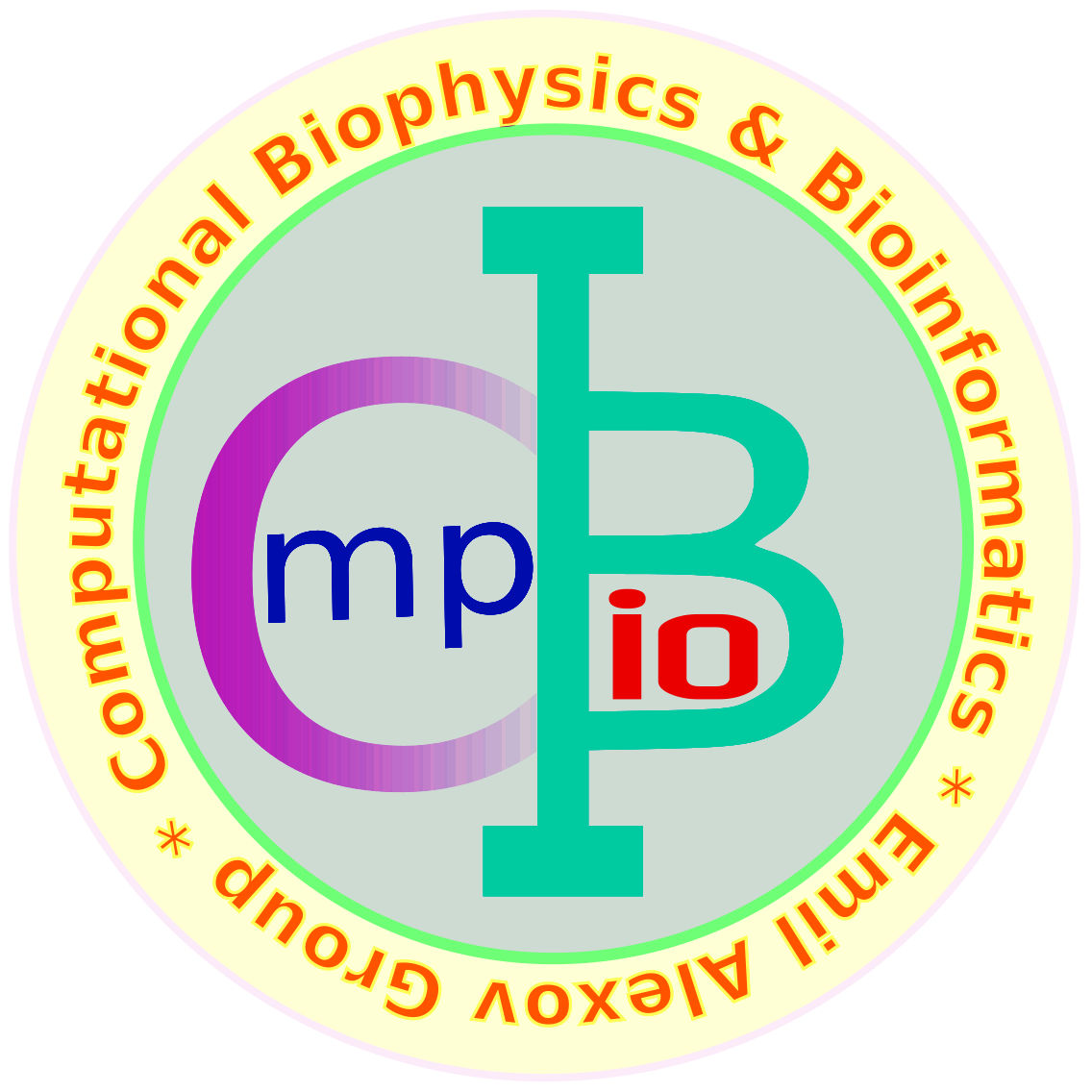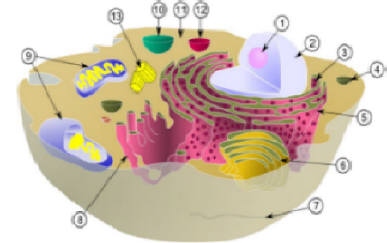
Computational Biophysics and Bioinformatics
Professor Emil Alexov Group



Most biomolecules, including proteins, perform their function by interacting with large or small ligands and ultimately during this process undergoing conformational and/or ionization changes. Virtually every association event is pH-dependent and thus involves proton uptake/release ( D q) at a particular pH. The typical pH-dependence profile of protein-ligand free energy of binding is bell shaped and has a minimum which is usually termed the pH-optimum of binding.  At pH-optimum proton uptake/release is zero and the binding affinity is maximal. To perform their function, protein complexes should be able to tolerate small fluctuations of pH of the environment, which will require that D q be zero or close to zero at the characteristic pH of the subcellular location where protein complex functions. We propose to test this hypothesis by calculating proton uptake/release at the characteristic pH of the subcellular compartment where protein complex was experimentally localized. It will be done applying MCCE method calculate the corresponding protonation changes on a set of protein-protein complexes for which the structures of unbound monomers are also available. The protein complexes subcellular location will be taken from the Protein Data Bank (PDB) using "Cellular Component" flag. The protein complexes will be grouped into 8 subcellular compartments with corresponding characteristics pH as nucleus, vacuole, cytoplasm, lysosome, mitochondrion, endoplasmic reticulum, peroxisome and Golgi. The proton uptake/release for each protein complex will be re-calculated at the characteristics pH of the corresponding subcellular compartment, and the distribution of D q for the entire set and for each subcellular compartment will be analyzed. Eight subcellular compartments (figure on the left) will be considered in this project and their characteristic pH will be taken from the work of Jim Warwicker and the literature as follows: (2) nucleus, pH = 7.7; (5) endoplasmic reticulum, pH = 7.1; (6) Golgi apparatus, pH = 6.6; (9) mitochondrion, pH = 7.5; (10) vacuole, pH = 5.3; (11) cytoplasm, pH = 7.3; (12) lysozome, pH = 4.8 and peroxisome, pH = 8.2. Typical representation of the cell and subcellular compartments is shown on the left. The cartoon was taken from Wikipedia (http://en.wikipedia.org/wiki/Organelle). Organelles for which either characteristic pH is not available or are underrepresented in the GO annotation of PDB files are excluded from the planned investigation.
At pH-optimum proton uptake/release is zero and the binding affinity is maximal. To perform their function, protein complexes should be able to tolerate small fluctuations of pH of the environment, which will require that D q be zero or close to zero at the characteristic pH of the subcellular location where protein complex functions. We propose to test this hypothesis by calculating proton uptake/release at the characteristic pH of the subcellular compartment where protein complex was experimentally localized. It will be done applying MCCE method calculate the corresponding protonation changes on a set of protein-protein complexes for which the structures of unbound monomers are also available. The protein complexes subcellular location will be taken from the Protein Data Bank (PDB) using "Cellular Component" flag. The protein complexes will be grouped into 8 subcellular compartments with corresponding characteristics pH as nucleus, vacuole, cytoplasm, lysosome, mitochondrion, endoplasmic reticulum, peroxisome and Golgi. The proton uptake/release for each protein complex will be re-calculated at the characteristics pH of the corresponding subcellular compartment, and the distribution of D q for the entire set and for each subcellular compartment will be analyzed. Eight subcellular compartments (figure on the left) will be considered in this project and their characteristic pH will be taken from the work of Jim Warwicker and the literature as follows: (2) nucleus, pH = 7.7; (5) endoplasmic reticulum, pH = 7.1; (6) Golgi apparatus, pH = 6.6; (9) mitochondrion, pH = 7.5; (10) vacuole, pH = 5.3; (11) cytoplasm, pH = 7.3; (12) lysozome, pH = 4.8 and peroxisome, pH = 8.2. Typical representation of the cell and subcellular compartments is shown on the left. The cartoon was taken from Wikipedia (http://en.wikipedia.org/wiki/Organelle). Organelles for which either characteristic pH is not available or are underrepresented in the GO annotation of PDB files are excluded from the planned investigation.